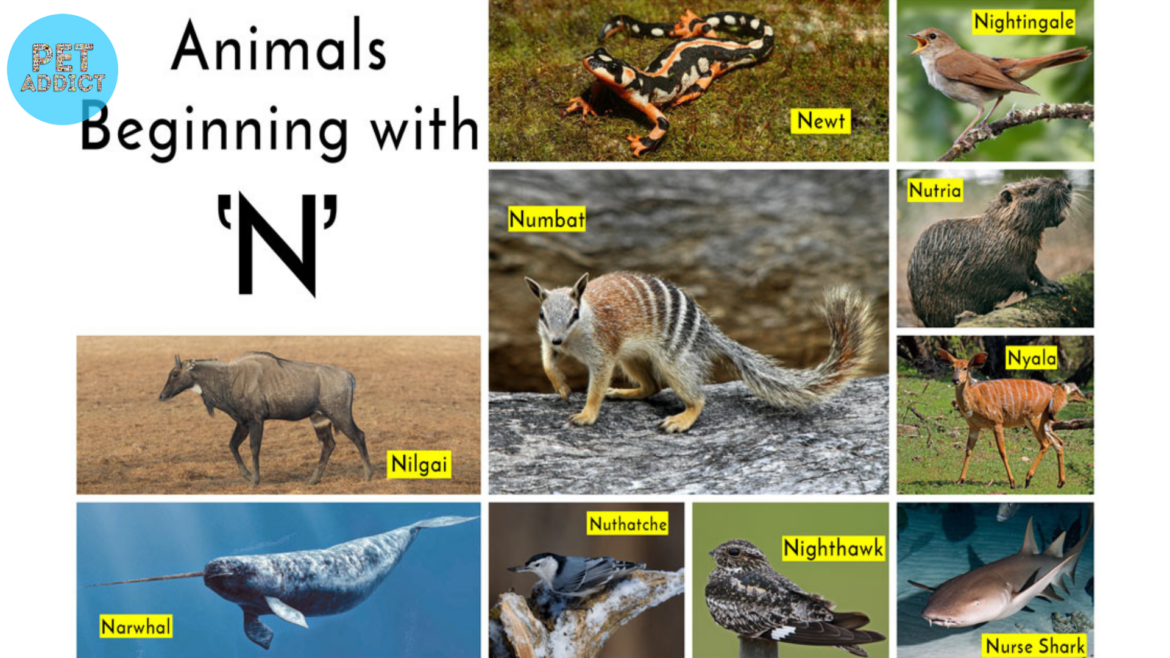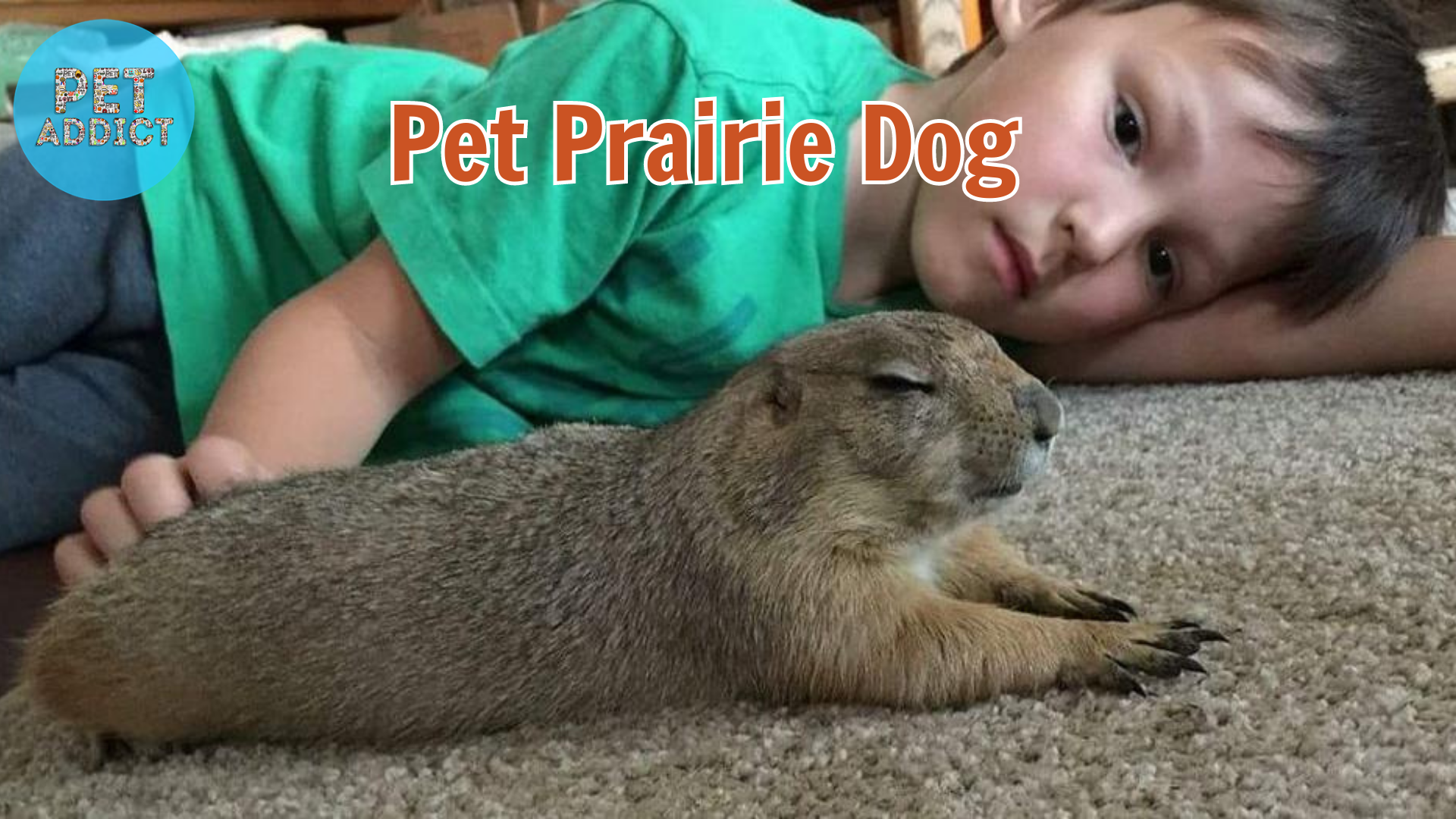Animals are a remarkable part of our planet’s biodiversity, and some of them possess names that start with the letter ‘N.’ In this article, we will dive into the world of animals, discovering fascinating creatures from different ecosystems and corners of the globe. From fearsome predators to adorable marsupials, we will unravel the wonders of nature, one ‘N’ animal at a time. So, let’s embark on this exciting journey of exploration.
PetAddict.net – The best place where you can find everything about your pet!
The Nile Crocodile: An Apex Predator in African Rivers
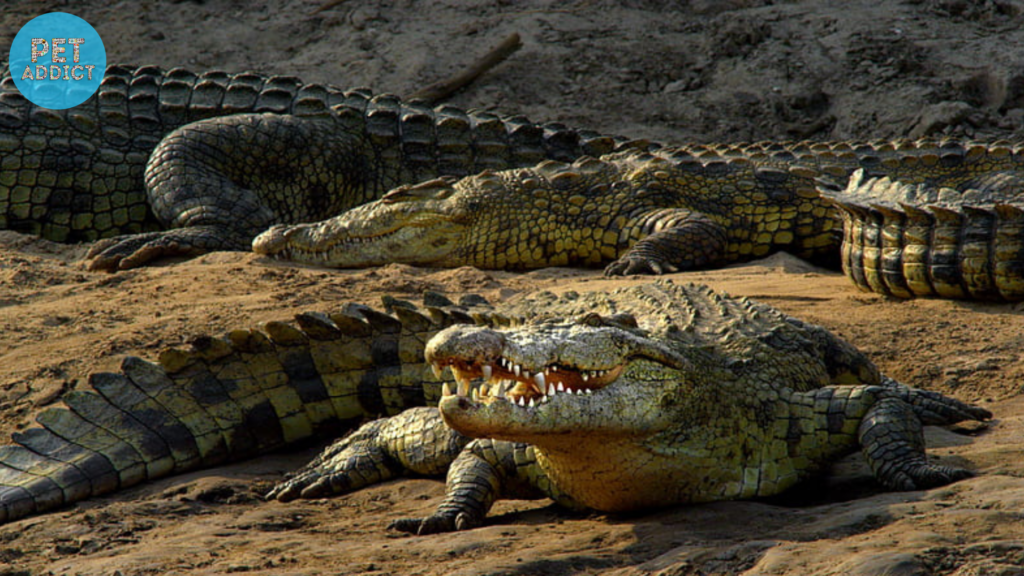
The Nile Crocodile (Crocodylus niloticus) is an ancient reptile that has thrived in the rivers and lakes of Africa for millions of years. It is one of the largest crocodile species, capable of reaching lengths of up to 20 feet. With its powerful jaws and muscular body, the Nile Crocodile is an apex predator, capable of taking down large prey, including zebras and wildebeests. Its stealthy hunting techniques and formidable strength make it a fascinating creature to study.
Numbat: An Adorable Marsupial from Australia
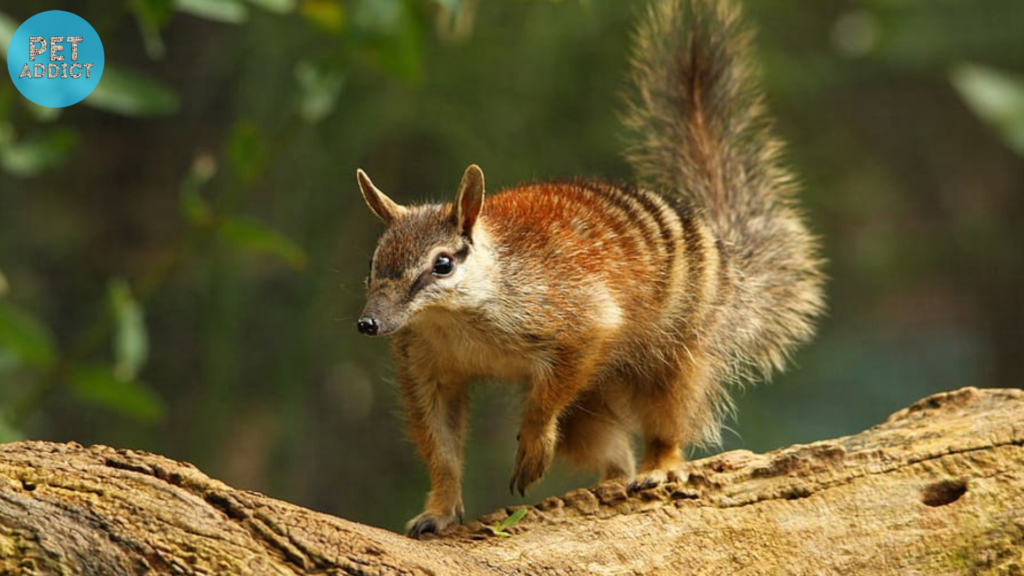
The Numbat (Myrmecobius fasciatus) is a small, insectivorous marsupial native to Western Australia. Despite its diminutive size, the Numbat possesses unique adaptations that set it apart from other mammals. Its slender body and bushy tail aid in balance and agility as it navigates the forest floor in search of termites, its primary food source. The Numbat’s endearing appearance and gentle demeanor make it a beloved icon of Australian wildlife.
Narwhal: The Unicorn of the Sea
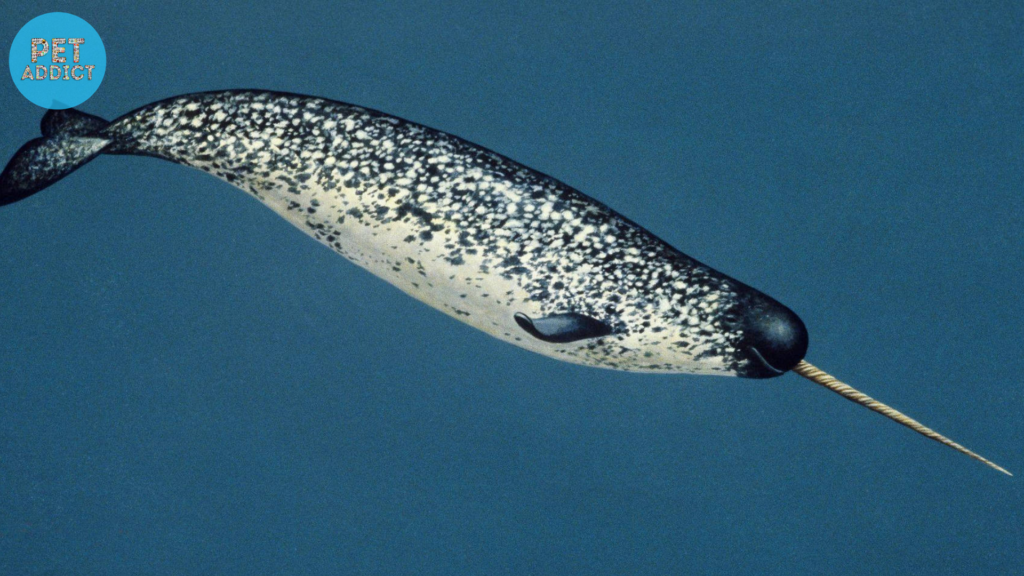
The Narwhal (Monodon monoceros) is a mesmerizing creature found in the Arctic waters. It is renowned for its long, spiral tusk, which can grow up to ten feet in length. The Narwhal’s tusk is actually an elongated tooth that protrudes through its upper lip. While the exact purpose of the tusk remains a subject of scientific debate, it is believed to play a role in mating rituals and as a sensory organ. The Narwhal’s elusive nature and mythical appearance have captivated the imagination of humans for centuries.
North American River Otter: A Playful and Intelligent Mammal
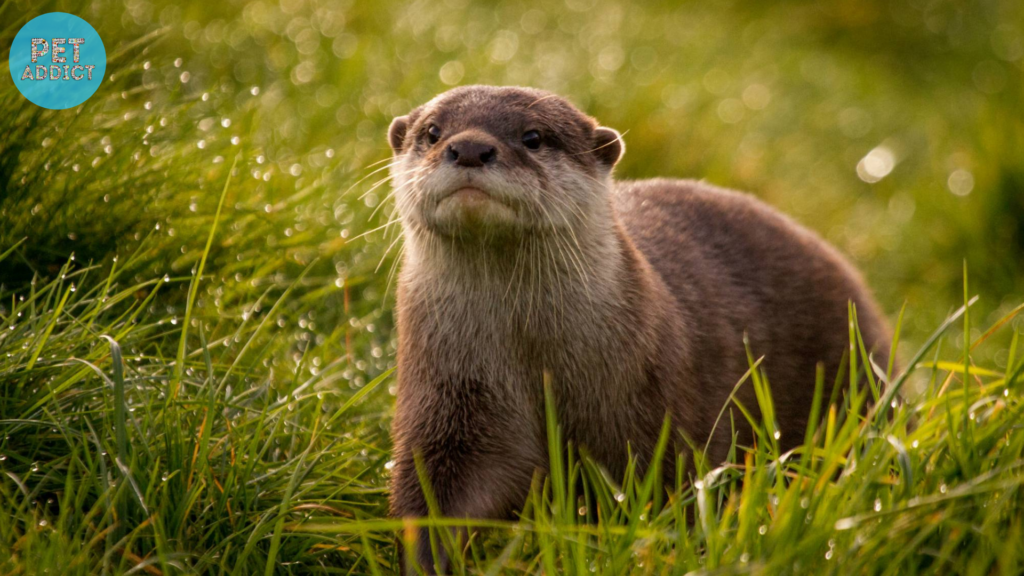
The North American River Otter (Lontra canadensis) is a charismatic and highly adaptable mammal found throughout North America. These aquatic creatures are well-known for their playful behavior, often seen sliding down riverbanks and engaging in cooperative play with their family members. With their streamlined bodies and webbed feet, otters are excellent swimmers and can stay submerged for several minutes while hunting for fish, amphibians, and crustaceans. Their remarkable intelligence and social nature make them a delight to observe in the wild.
Nandu: A Flightless Bird from South America
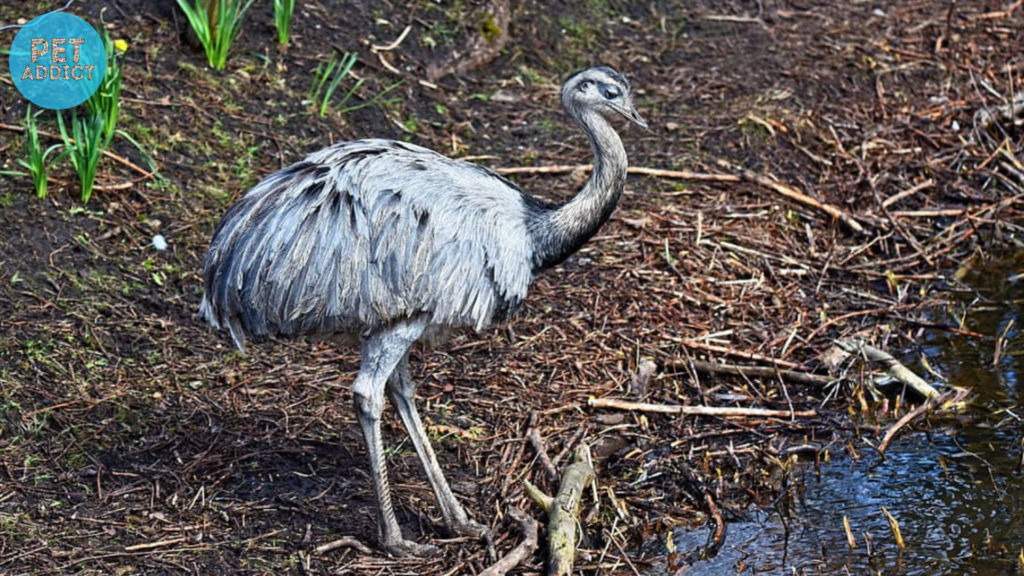
The Nandu, also known as the Lesser Rhea (Rhea pennata), is a flightless bird native to the grasslands of South America. It closely resembles its larger relative, the Greater Rhea, and belongs to the same family as ostriches and emus. Nandus have strong legs built for running, allowing them to reach speeds of up to 37 miles per hour. They have adapted to various habitats, from arid plains to dense forests, and play a vital role in seed dispersal. The Nandu’s ability to thrive in diverse environments showcases nature’s resilience and adaptability.
Nene: The Hawaiian Goose and Its Remarkable Recovery

The Nene (Branta sandvicensis) is a species of goose endemic to the Hawaiian Islands. It is the world’s rarest goose and holds a special place in Hawaiian culture and folklore. At one point, the Nene faced extinction due to habitat loss and predation by introduced species. However, dedicated conservation efforts have led to a significant recovery of the population. The Nene’s inspiring tale serves as a reminder of the importance of preserving endangered species and their habitats.
Nudibranch: Colorful Sea Slugs with Fascinating Adaptations
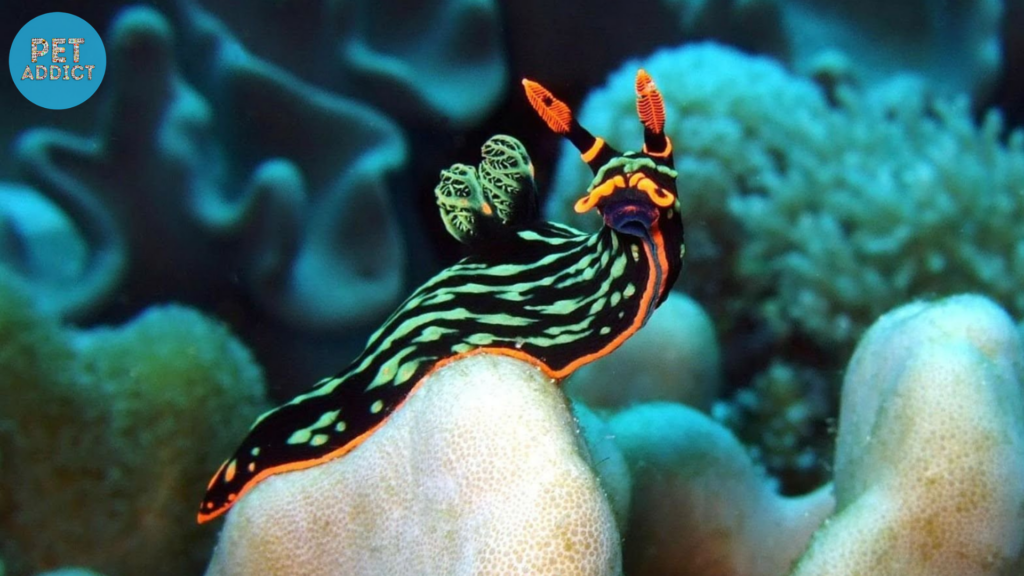
Nudibranchs are a group of colorful sea slugs that inhabit marine environments worldwide. These small and vibrant creatures showcase an astonishing array of colors and patterns, often serving as a warning to potential predators. Nudibranchs have evolved unique adaptations, such as feathery gills on their backs and the ability to feed on venomous organisms, incorporating their toxins for their defense. Their remarkable beauty and intricate forms make them a favorite subject of underwater photographers and marine enthusiasts.
Nyala: A Graceful Antelope of Southern Africa
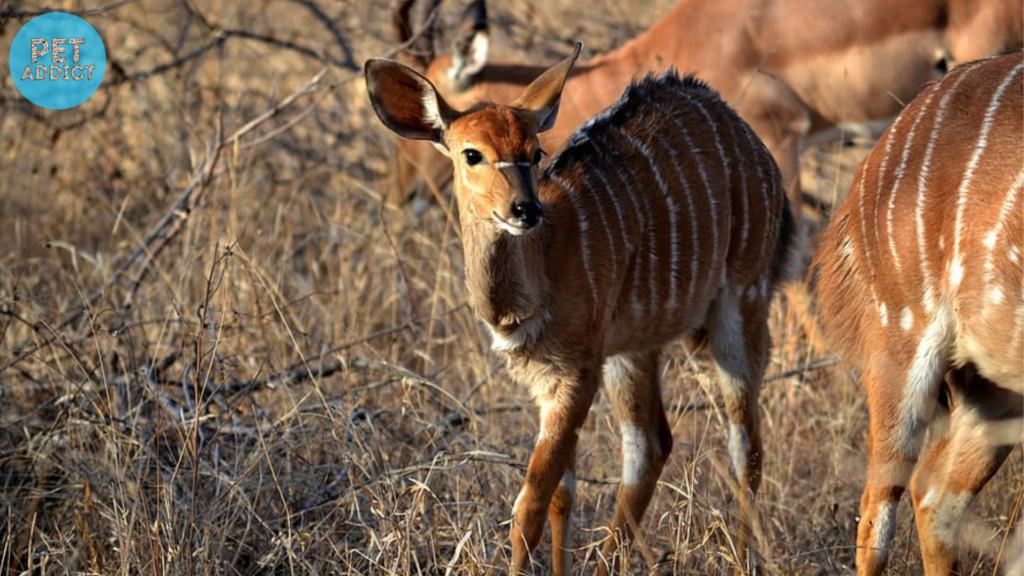
The Nyala (Tragelaphus angasii) is a striking antelope species native to the woodlands and savannas of Southern Africa. Known for its elegant appearance, the male Nyala boasts long, spiral-shaped horns and a shaggy coat with distinctive white stripes. These antelopes are primarily browsers, feeding on leaves, fruits, and young shoots. The Nyala’s graceful movements and vibrant colors add to the allure of Africa’s diverse wildlife.
Nutria: An Invasive Species Causing Ecological Problems
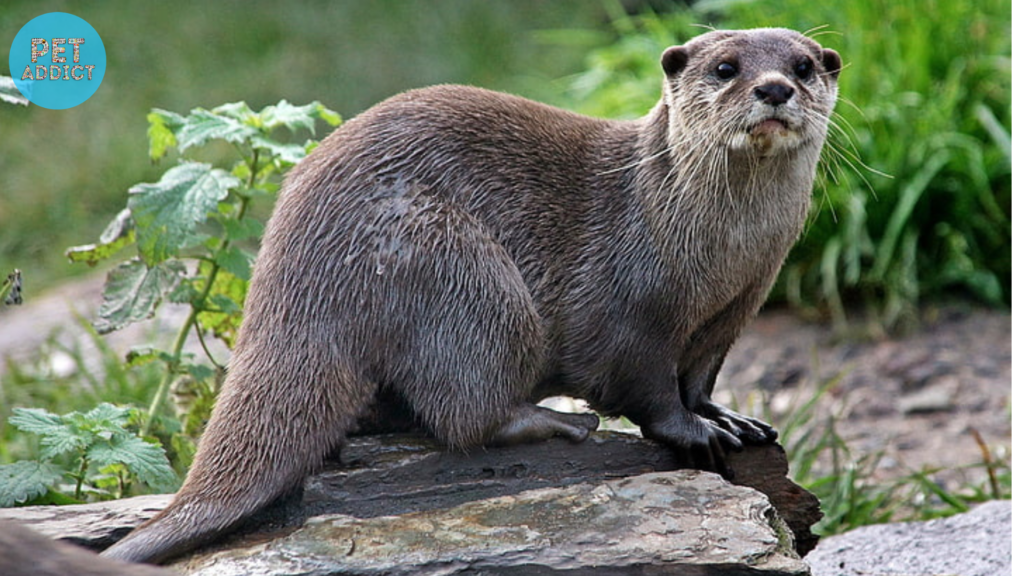
The Nutria (Myocastor coypus) is a large, semi-aquatic rodent originally native to South America. However, it has become an invasive species in many parts of the world, including North America and Europe. Nutrias have a destructive impact on wetland ecosystems due to their burrowing habits, which lead to erosion and loss of vegetation. Efforts to manage and control Nutria populations are ongoing to mitigate their ecological damage.
Nighthawk: A Mysterious Bird of the Night Skies
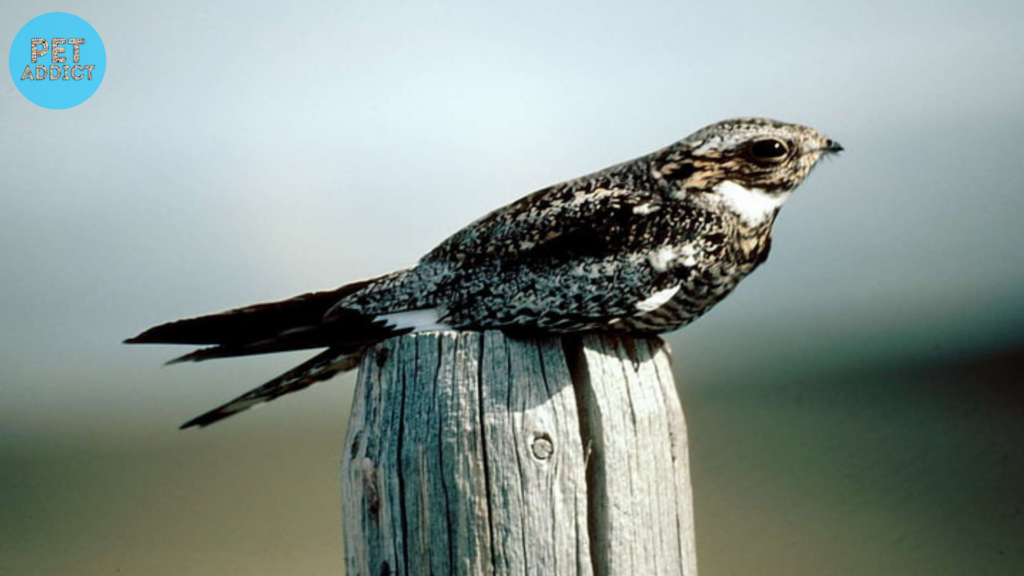
The Nighthawk is a nocturnal bird that belongs to the Caprimulgidae family. Contrary to its name, the Nighthawk is not a hawk but rather a type of nightjar. These birds are expert aerial hunters, relying on their large mouths and exceptional maneuverability to catch insects in flight. Their cryptic plumage and unique calls make them well-adapted to their twilight existence. Observing Nighthawks silently gliding through the dusky sky is a captivating experience.
Nilgai: An Iconic Antelope of the Indian Subcontinent
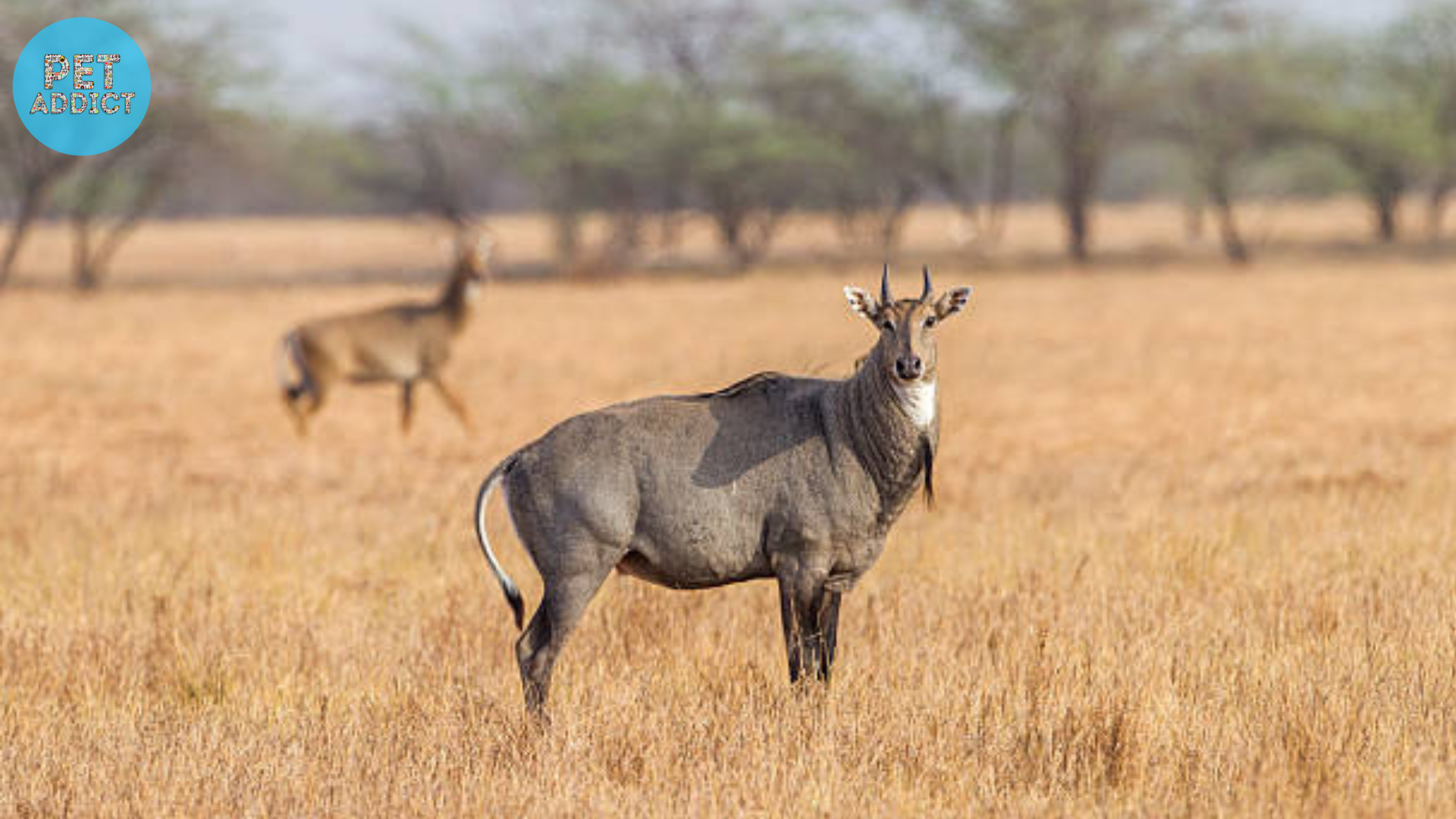
The Nilgai (Boselaphus tragocamelus), also known as the blue bull, is the largest antelope species in Asia. It is found in the grasslands and forests of the Indian subcontinent. Male Nilgais are known for their bluish-gray coats and impressive horns, while females have a lighter brown coloration. These antelopes are herbivorous, feeding on grasses and leaves. Nilgais have adapted well to human-modified landscapes and can be seen in agricultural fields and national parks across their range.
Newt: Small Amphibians with Unique Life Cycles
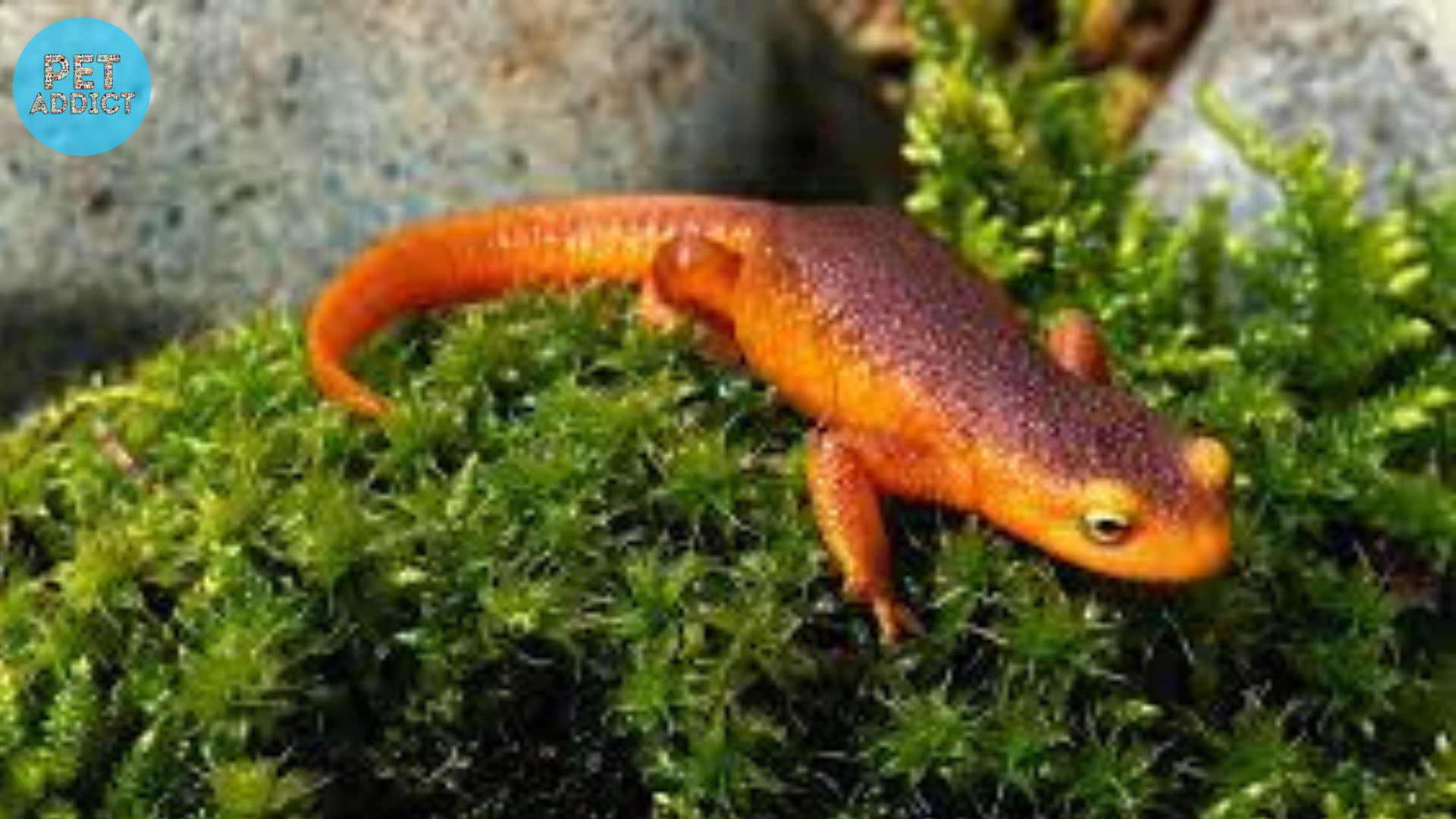
Newts are a diverse group of small amphibians that belong to the Salamandridae family. These fascinating creatures undergo a remarkable life cycle that includes an aquatic larval stage and a terrestrial adult stage. Many new species exhibit bright colors as a warning to potential predators, as their skin secretes toxins. They are excellent climbers and can regenerate lost limbs—a remarkable ability that has captured the interest of scientists studying tissue regeneration.
Nurse Shark: A Docile Predator of Tropical Waters
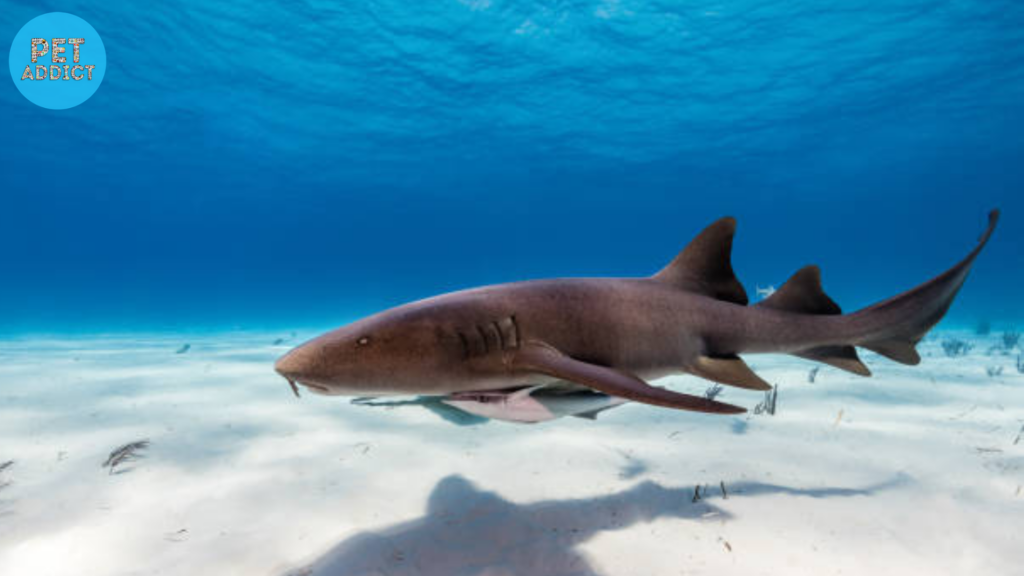
The Nurse Shark (Ginglymostoma cirratum) is a slow-moving and docile shark species commonly found in tropical coastal waters. Despite its name, the Nurse Shark does not possess nursing capabilities like mammals. However, it is known for its tranquil nature, often resting on the ocean floor during the day and actively hunting at night. Nurse Sharks play a crucial role in maintaining the balance of marine ecosystems by controlling the populations of other marine organisms.
Conclusion: Appreciating the Diversity of Animals That Start with ‘N’
In conclusion, animals that start with the letter ‘N’ encompass a wide range of fascinating creatures from various habitats around the world. From the ferocious Nile Crocodile to the adorable Numbat, each animal brings unique qualities and adaptations that contribute to the rich tapestry of life on Earth. Exploring the diversity of these animals allows us to appreciate the intricacies of nature and underscores the importance of conservation efforts to protect these remarkable species for future generations to enjoy.
FAQs
1. Are there any other animals that start with ‘N’? Yes, there are more animals that start with ‘N,’ such as the Nutcracker (a bird), Nuthatch (a bird), and Nectar Bat (a type of bat).
2. Where can I find the North American River Otter? North American River Otters can be found in rivers, lakes, and coastal areas of North America, including the United States and Canada.
3. Are Nudibranchs poisonous? While some Nudibranchs do possess toxic chemicals, not all of them are poisonous. Their bright colors often act as a warning to predators about their potential toxicity.
4. Can Narwhals live in warm waters? Narwhals are adapted to Arctic and sub-Arctic waters and are not commonly found in warm waters.
5. How can I help protect endangered species like the Nene? You can contribute to the conservation of endangered species by supporting local conservation organizations, reducing your ecological footprint, and spreading awareness about the importance of biodiversity and habitat preservation.

